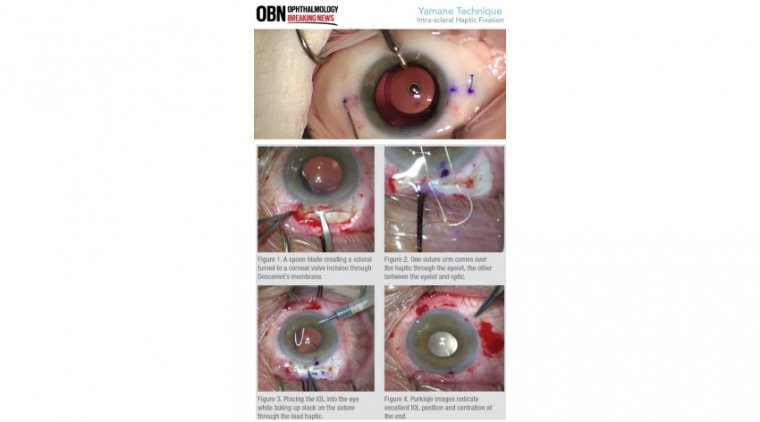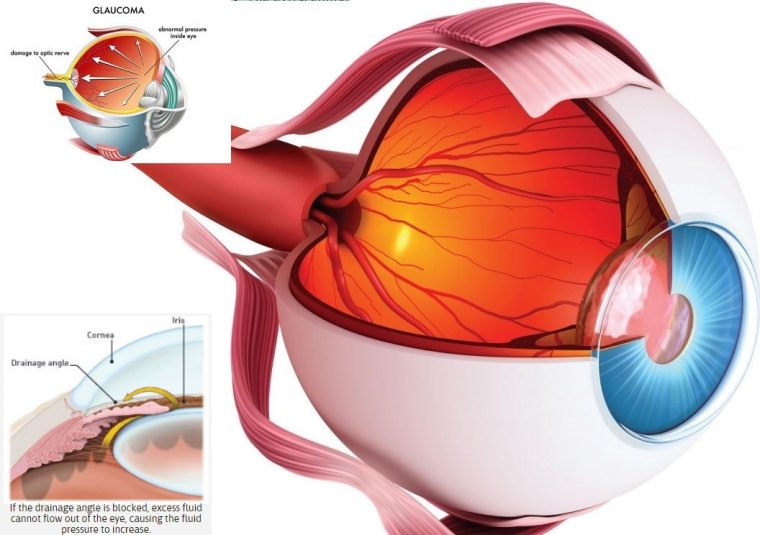
Ophthalmologic Manifestations of Acute Leukemia Are Diverse and Detectable
Acute leukemia can present with various ophthalmologic manifestations, which are detectable at both initial presentation and relapse, according to a study published online on July 10 in the Annals of Hematology.
Dr. Dina N. Laimon and her colleagues from Mansoura University in Egypt conducted a cross-sectional study to examine the incidence of different ophthalmological manifestations in newly diagnosed acute leukemia patients.
The study included 222 patients diagnosed with either acute myeloid leukemia (AML) or acute lymphoblastic leukemia (ALL) between January 2022 and February 2023. Among the participants, 144 were diagnosed with AML and 78 with ALL. Each patient underwent a comprehensive ophthalmic evaluation.
Common Ocular Findings: Retinal Hemorrhage and Roth Spots
The researchers discovered that 43.2% of the patients exhibited ophthalmic manifestations. Of these, 1.8% had poor visual acuity. The most common ocular findings were retinal hemorrhage and Roth spots, observed in 19.8% and 17.1% of the patients, respectively. Other ocular manifestations included orbital involvement, ocular motility issues, subconjunctival hemorrhage, conjunctival chemosis, and lid swelling, occurring in 3.2%, 1.4%, 5.9%, 0.9%, and 4.1% of the patients, respectively.
Comparison of Ophthalmic Manifestations between AML and ALL Patients
The study revealed that patients with AML had a significantly higher frequency of ocular affection, including retinal hemorrhages and Roth spots, compared to those with ALL. A significant association was also found between retinal hemorrhage and anemia.
"Cooperation between ophthalmologists and hemato-oncologists is crucial for recognizing ocular involvement and disease management," the authors write. "We need further evaluation of a larger cohort of acute leukemia patients, especially for survival analysis, to set the record for the prognostic value of ocular manifestations in such neoplasms."
Reference
Dina N. Laimon et al, Highlights of ophthalmological manifestations in newly diagnosed acute leukemia: a correlation with hematological parameters, Annals of Hematology (2024). DOI: 10.1007/s00277-024-05861-2
(1).jpg)










